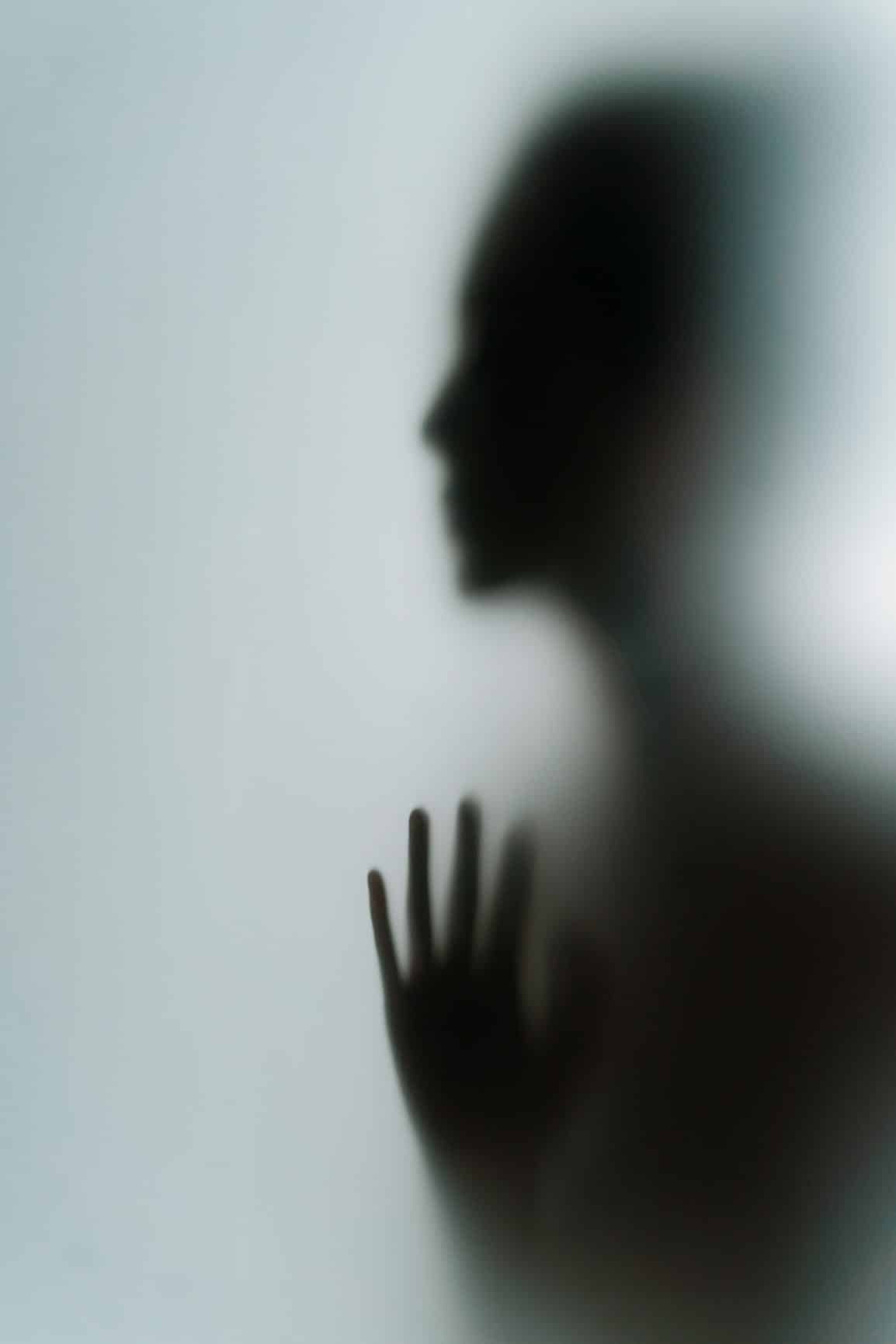The world is riddled with many inequalities, addressed and unaddressed. We like to think that segregation is a thing of the past– buried under the relics of history with signs that once read “Whites Only,” or “Men Only.” On paper, we see changes in language, success stories, laws, opportunities, and doors that were once bolted shut now open. Segregation remains an ever-invisible companion.
No one can discredit how far we’ve come, but segregation is no longer about separation. It looks like access and language. It looks like privilege disguised as merit. The walls have simply become more polite.
The Opportunistic Segregation
Meritocracy: the world’s favourite preach. A comforting idea that effort is the sole determinant of success. But beneath that optimism lies a quiet truth: not everyone begins from the same starting line. Opportunity is distributed unevenly, shaped by geography, wealth, and inheritance.
Children born in affluent neighborhoods with picturesque families have the world at their fingertips. They grow up with the resources to live the dreams they were allowed to dream. The ladder of success is built on a tilted stage, so many have to put in extreme effort to even get on the same standing ground that others had the privilege of being born on.
Technology mimics this, as, like most things, it is a result of our creation. Once held as the great equalizer, the digital world also possesses the same hierarchies it was made to dissolve. Algorithms are constantly learning what we do, thus adapting and mimicking them, and that also applies to our biases.
Algorithms are then reinforced by our interaction with them, allowing us to align with certain languages or faces favorably. Social media creates echo chambers that filter out opposing views; artificial intelligence misreads darker skin tones or flags marginalized speech as “harmful.” Perhaps one of humanity’s biggest juxtapositions is that what was made to unite has instead created an invisible divide.
The Barriers
Language proves to be a big barrier, not through the words themselves, but in what is said and how it is said. The way someone speaks, the accent they carry, or the dialect they choose can dictate how seriously others take them. What we deem appropriate or “professional” is a notion conceived through the previously privileged, educated, and historically dominant Western society.
Even in an age of global media, society sees certain stories as universal while labeling others “niche.” The world claims to celebrate diversity, but whose culture gets to represent modernity? Whose aesthetic dominates amongst others? Even through inclusion, minorities and women tend to remain in the background while others are the centerpiece.
Feminism and the world share a long history, much of it horrid, but ultimately successful. Women navigate workplaces that reward their competence but resist their authority. The narrative of progress sometimes forgets intersectionality: a woman’s experience is not universal but is shaped by race, class, sexuality, and geography. True equality cannot exist while society only sees certain kinds of women as symbols of empowerment. The workplace often sees women with families as less serious, preferring a cold, emotionless personality.
The Casual Divide
The streets echo stories of how you find who belongs and who doesn’t. Who defines what is a good or bad neighborhood? Gentrification often arrives cloaked as development, but for many, it is displacement disguised as progress. People walking the same streets live in different worlds.
Segregation does not limit itself to material situations. The need to belong often means silencing the parts of you that don’t fit the room you’re in. Code switching is a survival tactic, especially in professional settings. Inclusion, without true acceptance, breeds loneliness. The very existence of segregation forces people to feel that way almost instinctively.
Even empathy—the way we feel about people or situations—varies from person to person and is not based on personal choices. We learn to feel more for certain faces, certain tragedies, and certain accents on the news. The hierarchy of compassion mirrors the hierarchy of privilege. Diversity can exist in the room, but it may not be present in the conversation.
Believing the Unseen
When something isn’t there, we choose not to believe it. The consequences of this are tragic, allowing privilege to masquerade as fairness, bias to dress as taste, and exclusion to pose as order. When inequality hides behind civility, it becomes even harder to confront.
To fight something that doesn’t exist is a battle no one knows how to fight. Acknowledgment is just the first step, though. Understanding these differences allows people to at least voice their opinion without being overly judged. Segregation never left; it just evolved, so our methods of addressing and tackling it must evolve, too.
Click here to learn about mental health effects on minorities.

